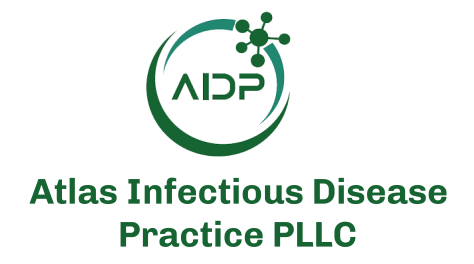Phage 3D image
Image credit: Victor Padilla-Sanchez, PhD

Yesterday, an Israeli-based company, BiomX, announced results from its phase 2 trial studying its investigational phage therapy, BX211, which was found to be safe, well-tolerated, and demonstrated a clinical benefit for treatment of diabetic foot osteomyelitis (DFO) associated with Staphylococcus aureus.1
Specifically, BX211 produced a sustained and statistically significant percent area reduction (PAR) of ulcer size (p = 0.046 at week 12; p=0.052 at week 13), with a separation from placebo starting at week 7 and a difference greater than 40% by week 10.1
“The promising topline data in this trial provide an important inflection point for this approach and its potential to address the most challenging infections,” Robert T. “Chip” Schooley, MD, distinguished professor of Medicine, Division of Infectious Diseases and Global Public Health and co-director, Center for Innovative Phage Applications and Therapeutics at the University of California, San Diego, said in a statement.1
The BiomX trial is a randomized, double-blind, placebo-controlled, multi-center study investigating the safety, tolerability, and efficacy of BX211 for individuals with DFO associated with S aureus. The study enrolled a total of 41 patients randomized for treatment at a 2:1 ratio, 26 of whom received intravenous (IV) and topical administration of BX211 on week 1 followed by a topical weekly dose through week 12, while 15 patients were assigned to the placebo arm. Over the 12-week treatment period, all subjects (treatment and placebo) were also treated in accordance with standard of care, including with systemic antibiotic therapy as appropriate.1
What You Need to Know
BiomX’s phase 2 trial demonstrated that BX211, an investigational phage therapy, was safe, well-tolerated, and showed a clinical benefit in reducing ulcer size for patients with diabetic foot osteomyelitis (DFO) associated with Staphylococcus aureus.
Despite its long history, phage therapy has been largely overlooked in Western medicine. However, with rising antibiotic resistance, there is renewed interest in its potential.
BiomX plans to move forward with a phase 2/3 study, pending FDA feedback, to further evaluate BX211’s efficacy and potential approval as a treatment option for DFO.
A readout of study results at week 13 evaluated healing of the wound associated with osteomyelitis. The primary efficacy endpoint was PAR of study ulcer through week 13. Study design was guided in part by experience with numerous compassionate cases using phage therapy for the treatment of DFO and osteomyelitis.1
“Today, 30-40% of DFO cases lead to lower extremity amputations related to serious bacterial infections, accounting for the majority of the 160,000 lower limb amputations in diabetic patients each year in the United States,” BiomXCEO Jonathan Solomon, said in a statement.1
Watch a previous Contagion interview with Solomon here.
What is Phage Therapy?
Phage has a long history dating back to the early 20th century. French-Canadian microbiologist Félix d’Hérelle discovered the virus while he was working in the Pasteur Institute in France. The name he gave it is loosely interpreted as bacteria eater. Phage is a Duplodnaviria virus that infects and replicates within bacteria and archaea. It has been described as looking spider-like with multiple legs with a long tower structure in its center.2
Western and Eastern medicine diverged on the therapy many years ago. Whereas the Eastern Bloc countries and the Soviet Union committed to phage, the west developed antibiotics. As such, phage was dismissed and largely forgotten by western medicine. Its development and study lay dormant for many years with very few labs working on it in the west. However, in recent years, more studies have been conducted. Still, there are no FDA-approved phage therapies, and they can only be used on a compassionate-use basis with approval from the US government.2
“Phage therapy has a critical role to play in treating infections where antibiotic resistance has emerged or existing treatments have underperformed,” Schooley said.1
Next Steps
The company is planning a phase 2/3 study pending FDA feedback.
“Based on the results announced today, we believe BiomX’s novel phage therapy approach has the potential to help address the major unmet need in DFO. Moreover, in an era of modern conflict and rising antibiotic-resistant wounds, the need for innovative wound care solutions underscores the broader relevance of this program beyond DFO,” Solomon said.1






